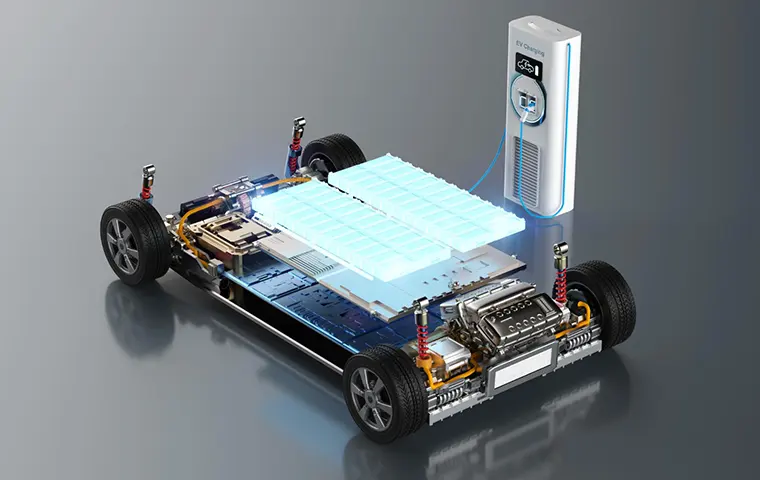This week, we’re going all electric for National Drive Electric Week! Our blog will update you on all you want to know, from the status of fleet electrification adoption in 2023 to how your business can budget to adopt electrification yourself! This will dig deep into one technology integral to fleet electrification: batteries. Battery charge time and efficiency have been increasing over the last several years. Do the current trends in EV battery technology bode well for widespread EV adoption? Let’s find out by discussing some EV trends!
Five Trends Affecting EV Adoption
No. 1: Increase in Capacity
As we mentioned previously, battery technology has been improving rapidly. Much of the anxiety that fleets have regarding electrification regards EV battery life. Right now, the average range of an EV battery is 234 miles. However, some can reach 300 miles or more! More fleets are converting to EVs now that they know they can make their trips without the battery dying. As more fleets opt in, we will likely see battery technology improve even further.
No. 2: Lower Costs to Produce Batteries
We see the cost of producing batteries trending downwards. This trend means more money is available to improve the battery’s range and efficiency. We have seen this most clearly with EVs like the Nissan LEAF, which has reduced its battery costs by 78% since 2014.
No. 3: Investments Made in EV Battery Production
The U.S. Inflation Reduction Act has implemented production incentives for electric vehicles. They provide a 25% to 30% reduction in cost for battery manufacturers if they base their supply chain in North America.
No. 4: New Materials for Batteries
As battery technology increases, we are finding better materials for various functions. For example, using silicon in anodes in addition to graphite reduces energy loss. This change gives the batteries that longer range we’ve been talking about.
No. 5: Use of Composite Enclosures
In the past, battery enclosures were created with aluminum. Now, manufacturers use composites, which are lighter and sturdier. With composite enclosures, a battery has better durability.
Keep Up for National Drive Electric Week and Beyond!
At Azuga, we are at the forefront of the latest fleet technology. Of course, this includes being up to date on widespread EV adoption. If you want to keep up with the latest updates, check this blog regularly. We seek to help you make informed fleet decisions.








